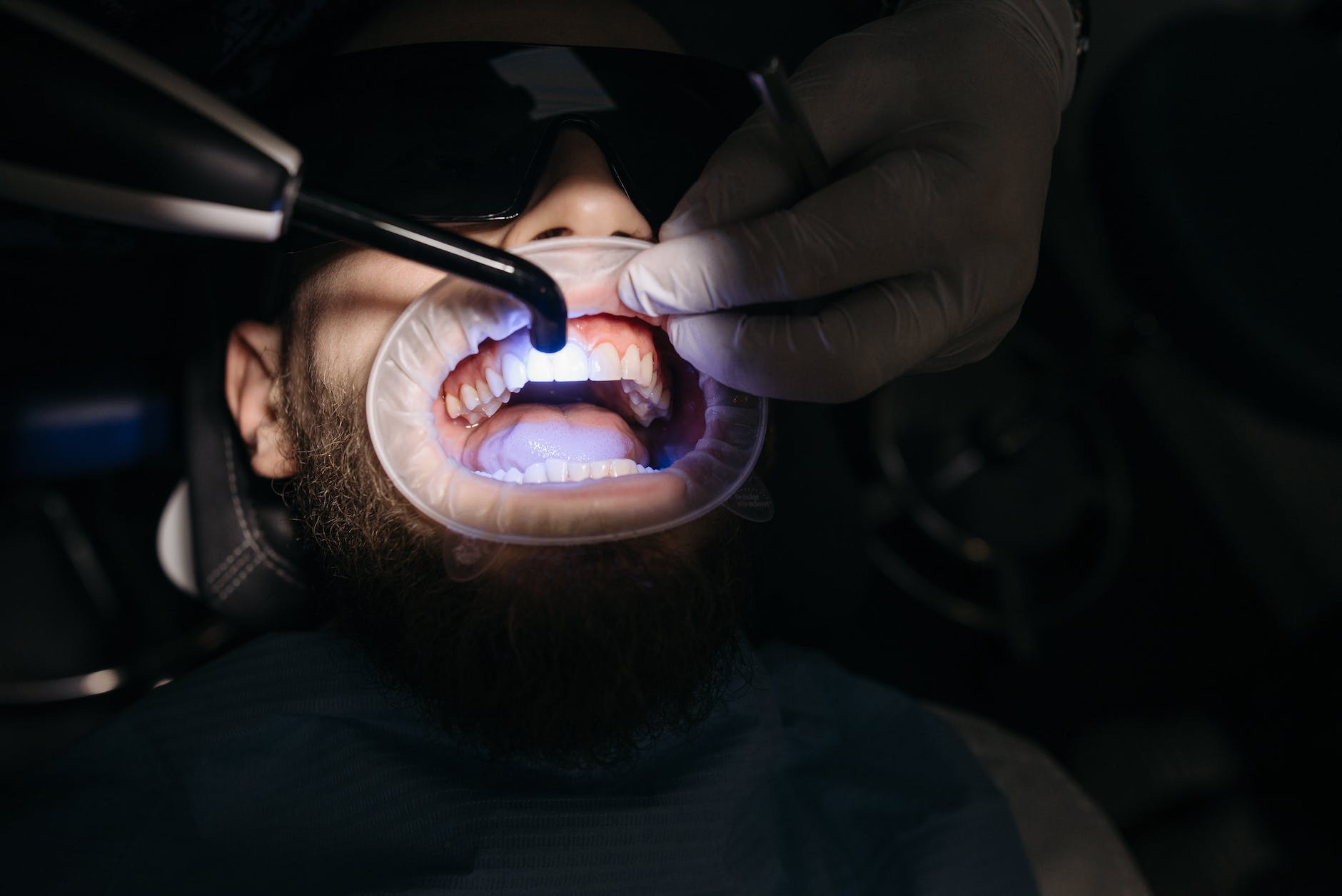
Crooked Teeth: Treatment and Causes
Ever look in the mirror and wish you had a perfect smile? You’re not alone. Crooked or misaligned teeth can make one feel insecure or overconfident. The good news is that dental health is becoming more popular these days, and there are more options than ever to straighten your smile and boost your confidence.
For instance, in Columbus, Ohio, dentists have seen a large growth over the past decade, with 651 practicing dentists in the metropolitan area. The average dentist in the city sees an estimated 393 new patients each year.
So In this article, we’ll explore different methods for correcting crooked teeth so you can find an option that fits your needs, timeline, and budget.
From traditional braces to clear aligners to implants, you can have the straight, bright smile of your dreams. The path to a picture-perfect smile begins here.
What Causes Crooked Teeth?
Crooked teeth don’t just happen overnight. There are a few reasons why your teeth may have become misaligned:
Jaw discrepancies
An uneven jaw can prevent upper and lower teeth from meeting properly and aligning correctly. An overbite, underbite, or crossbite indicates your upper and lower jaws are not the same size or are not positioned right concerning each other.
Braces are the popular treatments that fix jaw issues and straighten your smile. So if you are looking for the Best Braces in Columbus, Ohio, do check out Carmen Orthodontics for super convenient braces treatment.
Genetics
Unfortunately, crooked teeth can be inherited. If your parents or siblings have imperfect smiles, you may have been predisposed to develop the same jaw discrepancies or enamel issues that caused their teeth to shift.
Thumb sucking or pacifier use.
Sucking habits that continue past age four can put pressure on teeth and gums, gradually moving teeth out of place. While baby teeth are temporary, the changes in your jawbone and gums can impact your permanent teeth.
Tongue thrusting
If you have a tongue thrusting habit where your tongue pushes forward against your teeth, it can lead to an open bite and misaligned teeth over time. Tongue thrusting is often done unconsciously, so you may not even realize you have this habit.
Tooth loss or extra teeth
Losing baby teeth too early or having extra teeth that crowd your mouth can make it difficult for permanent teeth to come in straight. The surrounding teeth often tilt or shift to fill empty spaces or make room for the extras.
Malnutrition
Your teeth and jaws probably didn’t develop properly if you didn’t get enough calcium, vitamin D, or other nutrients as a child.
Minerals are essential for building strong teeth and bones, so a lack of them can lead to overcrowding or teeth that come in at odd angles.
When Crooked Teeth Require Intervention
(1.) If your teeth are causing you pain or discomfort when chewing or biting. Crooked or misaligned teeth can lead to jaw pain, headaches, and trouble eating.
(2.) If your crooked smile affects your self-esteem or confidence. A smile you feel good about can positively impact your life in many ways.
(3.) If crooked teeth are damaging your teeth or gums. Crowding or overlapping teeth are hard to keep clean and can lead to permanent damage.
(4.) If your crooked teeth will likely worsen without treatment. Misaligned teeth tend to shift more over the years, so early intervention is best.
Braces
Braces are a standard orthodontic treatment for correcting crooked teeth and misaligned jaws.
They consist of brackets that are bonded to your teeth and an archwire that connects the brackets. The archwire puts pressure on your teeth, slowly moving them into the correct position.
Braces work by loosening your teeth from their roots at a slow, controlled rate to shift them into proper alignment. The treatment time for braces typically ranges from 18 months to 3 years, depending on the severity of your misalignment.
You’ll need to visit your orthodontist every 4 to 6 weeks so they can check your progress, tighten your archwires, and make any other adjustments required.
Braces are not without discomfort – you may experience soreness for a few days after each adjustment.
After braces, Additional care must be taken to brush and floss thoroughly after each meal to avoid plaque buildup, staining, and bad breath.
Dental implants
Dental implants offer a long-lasting solution for missing teeth. They are a permanent option that replaces the tooth’s root with a titanium post inserted into your jawbone, then topped with a crown to replace the entire tooth.
They provide natural-looking teeth that function like real ones. The process does require minor surgery to place the implants, then several months of healing before the crowns are attached.
Implants tend to cost significantly more than braces but provide a permanent solution.
Retainers
Once your teeth have been straightened with braces or aligners, it’s essential to wear a retainer to keep them in place. Retainers prevent your teeth from shifting back to their original positions.
There are two main types: fixed and removable.
Fixed retainers are bonded to the backs of your front teeth. They’re made of wire and are cemented in place, so you can’t remove them yourself.
They require a visit to your orthodontist to be placed and removed and are a good choice if you have difficulty remembering to wear your retainer or have a high risk of relapse.
Removable retainers, like clear aligners, are taken in and out as needed. You’ll wear a removable retainer all day for the first 6-12 months, usually just at night after that.
Removable retainers must be worn for life to prevent teeth from shifting, though you’ll likely only need to wear them while sleeping after a few years.
Clean your retainer thoroughly each day to avoid plaque buildup and bad breath.
Conclusion
So there you have it; several options for fixing your crooked teeth and finally achieving the smile you’ve always wanted. Whether you choose braces, Invisalign, or dental retainers, you’ll get a straighter, brighter grin.
So Talk to your dentist about which option is right based on your unique situation and needs. Take that first step to transform your smile. You’ve got this!






